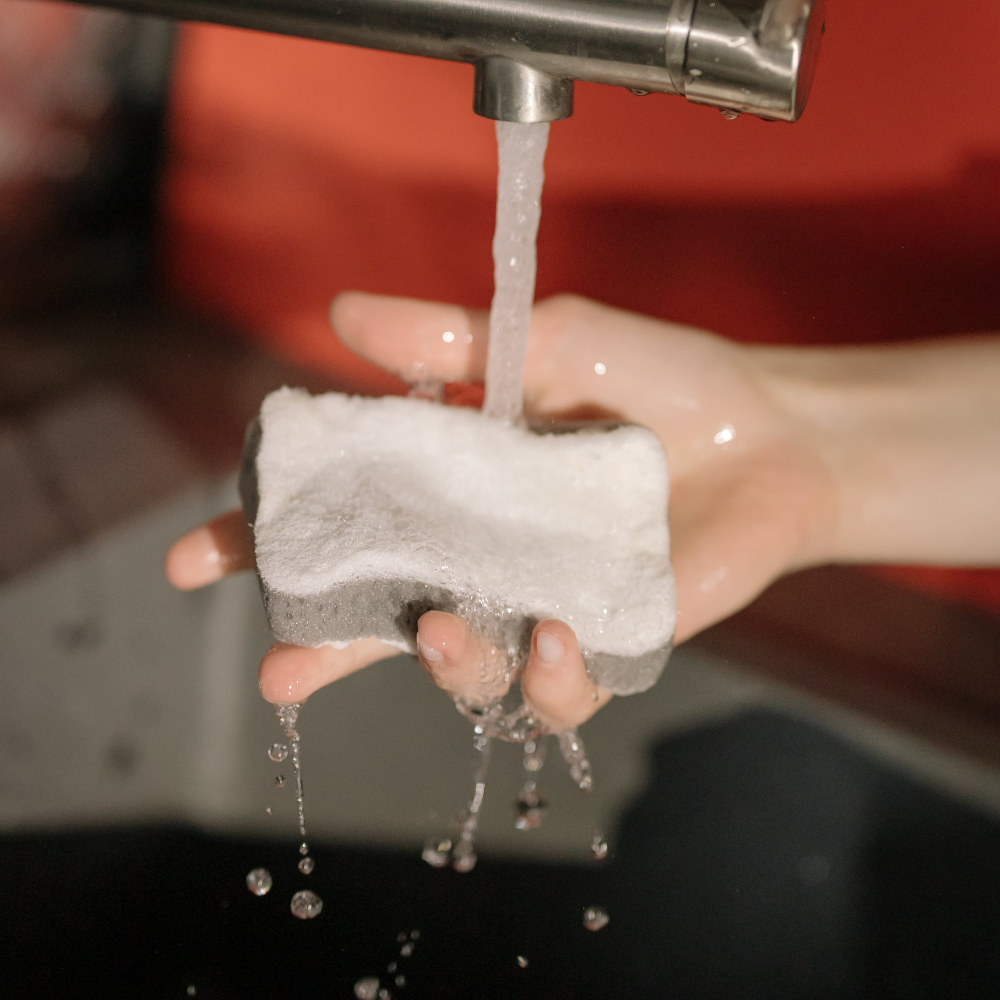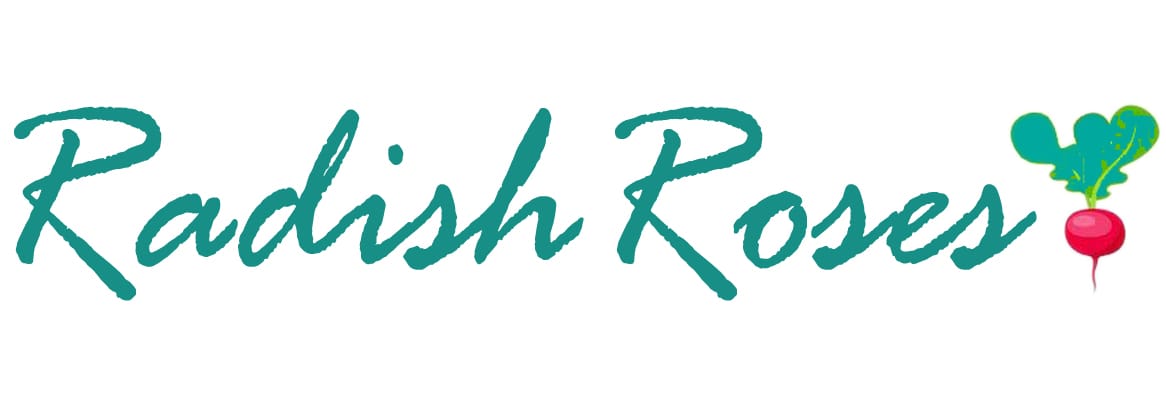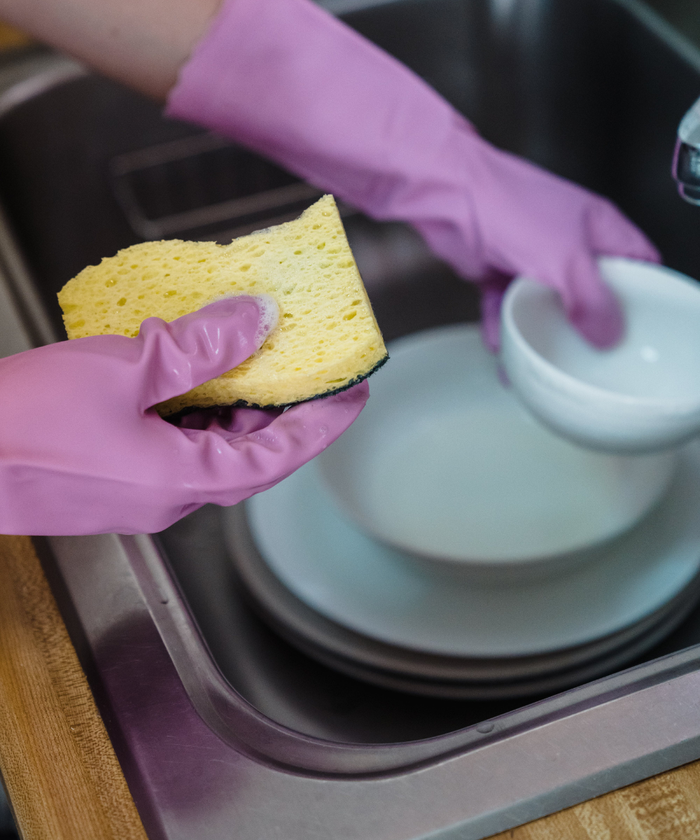The kitchen sponge: a small but mighty tool in the battle against grime. It wipes away food residue, absorbs spills, and scrubs our dishes to a sparkling finish. Yet, this unsung hero of the kitchen sink can harbor a dark secret—a breeding ground for bacteria. Fear not, for with proper care and disinfection, you can ensure your kitchen sponge remains a friend, not a foe. Here's how to keep your kitchen sponges clean, disinfected, and ready for action.
The Sponge's Dilemma
Kitchen sponges are moist and porous, making them the perfect environment for bacteria to thrive. Studies have shown that kitchen sponges can harbor a higher number of bacteria than any other place in the home, including the toilet. This bacterial bonanza can lead to cross-contamination and potentially cause foodborne illnesses if not addressed properly.

Daily Disinfection: A Sponge's Best Friend
The key to a healthy kitchen sponge is daily disinfection. There are several effective methods to sanitize your sponge, each with its own set of steps:
1. The Microwave Method
- Rinse the sponge thoroughly to remove any loose food particles and debris.
- Saturate the sponge with water, ensuring it's completely wet but not dripping.
- Place the damp sponge in the microwave on a microwave-safe plate.
- Microwave on high for one to two minutes. Be cautious: sponges can catch fire if microwaved dry or for too long.
- Let the sponge cool before handling it, as it will be hot.
2. The Dishwasher Method
- Place the sponge on the top rack of the dishwasher.
- Run it through a full sanitize or high-heat cycle with the drying setting on, which will help to kill bacteria.
3. The Bleach Solution Method
- Mix 3/4 cup of bleach in one gallon of water.
- Soak the sponge for five minutes in the bleach solution.
- Rinse the sponge thoroughly with water after soaking.
4. The Vinegar Soak Method
- Submerge the sponge in full-strength white vinegar.
- Let it soak for five minutes, then rinse the sponge thoroughly with water.
5. The Boiling Water Method
- Bring a pot of water to a rolling boil.
- Submerge the sponge in boiling water for five minutes.
- Use tongs to remove the sponge and let it cool before handling.
Regular Replacement
Even with diligent cleaning and disinfecting, sponges have a limited lifespan. A good rule of thumb is to replace your kitchen sponge every one to two weeks, or sooner if it begins to smell or break down. If you use your sponge to clean up raw meat juices or other high-risk materials, replace it immediately after use.
Keep It Dry, Keep It Safe
After each use and disinfection, it's crucial to store your sponge properly to prevent bacteria from returning. Squeeze out excess moisture and store the sponge in an open, airy location where it can dry completely. Avoid leaving sponges in the sink, on countertops, or in closed containers where moisture can linger.

Embrace the Disposable
For those who prefer to avoid the risk altogether, consider using disposable dishcloths, paper towels, or disinfectant wipes for cleaning up high-risk materials like raw meat. These can be used once and then thrown away, reducing the risk of cross-contamination.
The Bottom Line
A clean sponge is the cornerstone of kitchen hygiene. By disinfecting your sponge daily, replacing it regularly, and storing it properly, you can keep your kitchen safe from unwanted bacteria. Embrace these simple habits, and you'll ensure that your trusty kitchen sponge remains a valuable ally in the quest for a clean and serene cooking space.
Discussion
- How often do you replace your kitchen sponge?
- Have you ever found mold or bacteria growing on your sponge?
- What methods do you use to clean and disinfect your kitchen sponge?

